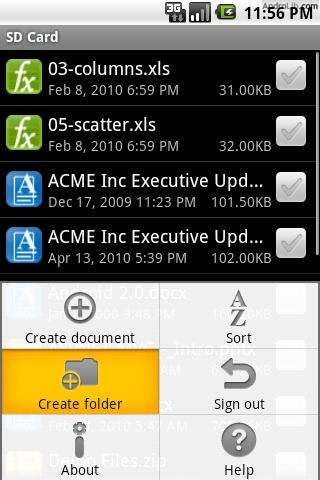

- #Kypass v3 cannot access dropbox files android
- #Kypass v3 cannot access dropbox files password
- #Kypass v3 cannot access dropbox files windows
This is not as convenient as with KeePass under Windows, but it is better than KeePassDroid’s solution and offers some protection from key loggers.
#Kypass v3 cannot access dropbox files password
You can then either open Keepass2Android to select an entry or let the password tool search for the app that wants you to enter your credentials.Īfter you find the right account entry, a KP2A bar appears below the authentication window with keys for the user and the password. After you tap the KP2A key on the Keepass2Android keyboard, the password manager opens a dialog window. Keepass2Android also supports the clipboard method but you can avoid this cumbersome procedure if you use the app’s keyboard.

This means you have to switch back and forth between the app and the password manager several times.
#Kypass v3 cannot access dropbox files android
The common way in Android is to add username and password to the notification bar, where you can copy one after the other to the clipboard and then paste into the application. This way, you can enter username and password just by hitting the auto-type hot key. KeePass can identify the application window by its title. The auto-type function of KeePass allows you to automatically send username and password as simulated key presses to the dialog window of the application that requires authentication. If you have previously used a password safe app on Android, you’ll have noticed that it is not as convenient to use as under Windows. Keepass2Android has a few other noteworthy features. On the Triggers window, you have to click Tools and then Paste Triggers from Clipboard. Then, you open the Triggers dialog window from the KeePass Tools menu.
#Kypass v3 cannot access dropbox files windows
First, you have to copy this XML file to your Windows clipboard. In KeePass, you can work with triggers to enable auto-save. In Keepass2Android, this is the default setting. It therefore makes sense to ensure that changes to the KeePass database are automatically saved. In practice, this can mean that you lose changes if you edit the same entry on both devices before the databases are synced. Because KeePass has a similar feature, you can, in theory, use the KeePass database from two different devices simultaneously. Before Keepass2Android saves the database to the cloud, it first checks if the database has been modified and, if it detects changes, it asks if you want to merge the two databases. This can cause syncing problems if you changed the KeePass database under Windows. If you want to open the latest KeePass database in KeePassDroid, you first have to navigate to the database file in the cloud drive app.Īnother difference is that Keepass2Android automatically uploads changes in the database to the cloud drive. If not, Keepass2Android will get the database from its cache. Of course, this is only possible if you are online. How is this different from just opening the database from your cloud drive app with KeePassDroid? The main point here is that Keepass2Android will always get the latest version of the database from the cloud when you open the app. Merge KeePass database ^Īfter you give Keepass2Android access to your cloud drive, you can browse your folders for the KeePass database. This feature isn’t available for the other cloud drives. You can restrict the password safe app to just one folder on your Dropbox where you store your KeePass database. Keepass2Android has a nice feature that can ease your queasiness a little. The app might contain vulnerabilities that another app could exploit. It is not just that you have to trust the developer of the app. I always feel somewhat queasy when I allow an Android app to access Dropbox. In this case, you might prefer Keepass2Android Offline, which doesn’t support cloud syncing. Of course, you can also store database files locally on your phone. In addition, you can load the KeePass database from a third-party Android app. Keepass2Android supports Dropbox, OneDrive, Google Drive, SFTP (SSH file transfer), FTP, HTTP (WebDav), and HTTPS (WebDav).

I recently moved to Keepass2Android, mostly because it allows me to sync the KeePass database with my cloud drive more conveniently. I have been using KeePassDroid, the most popular KeePass-compatible Android app (according to the Google Play statistics), for quite a while.


 0 kommentar(er)
0 kommentar(er)
